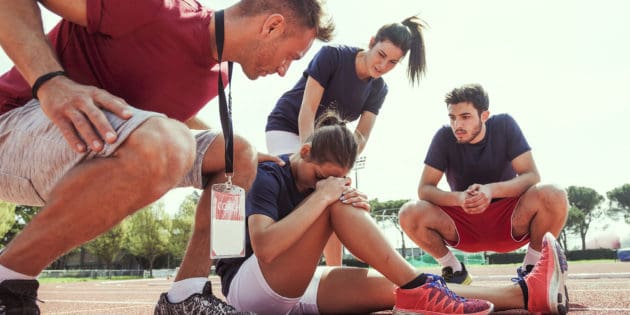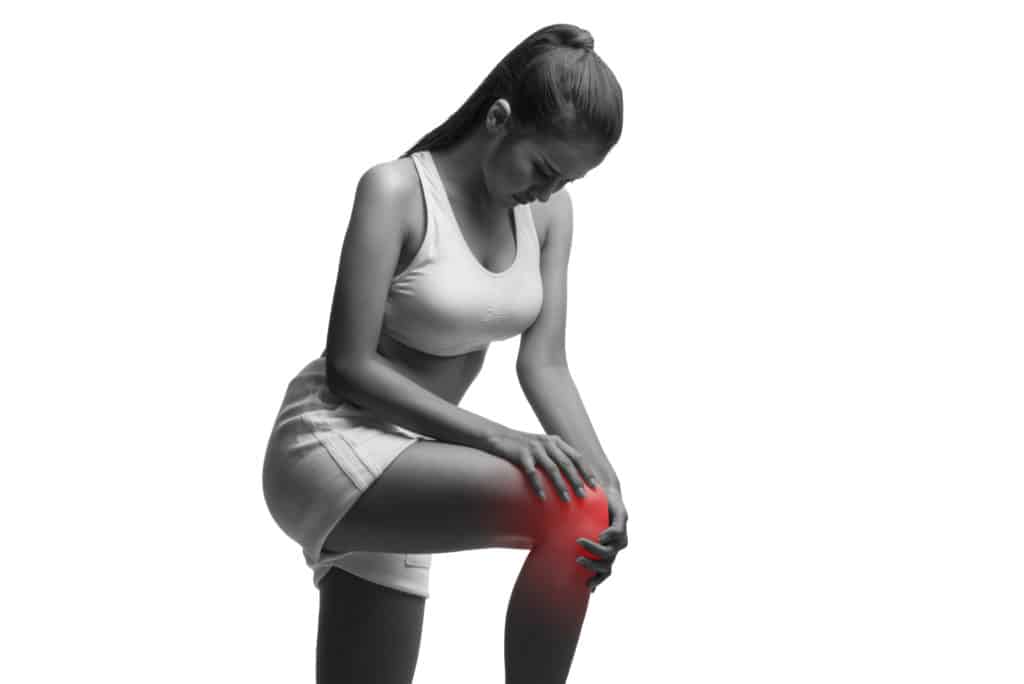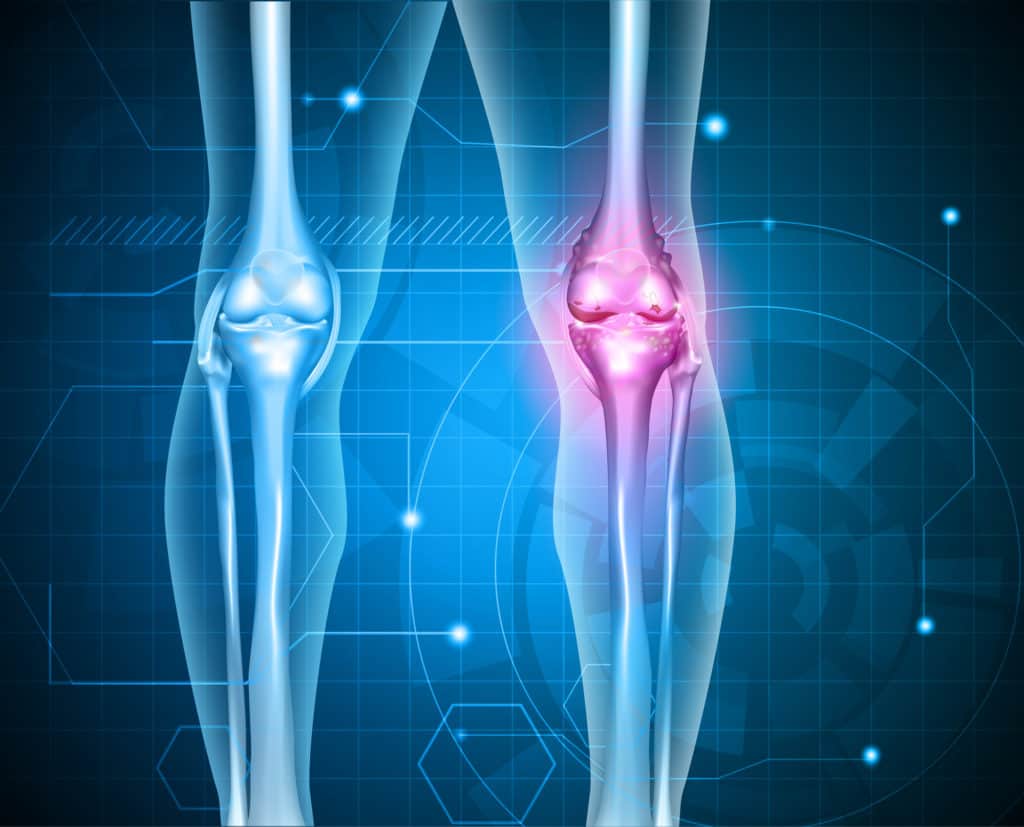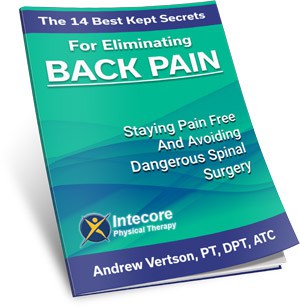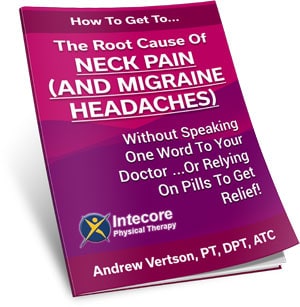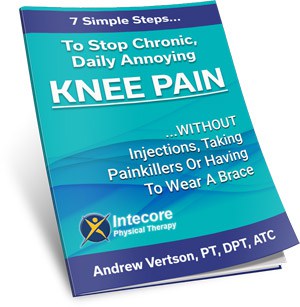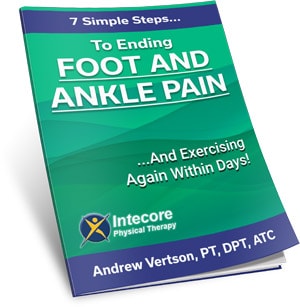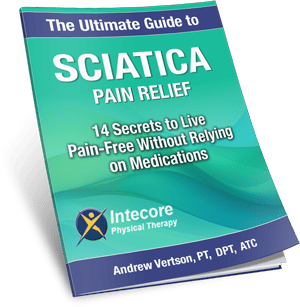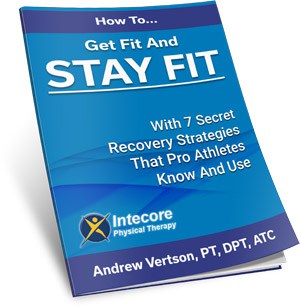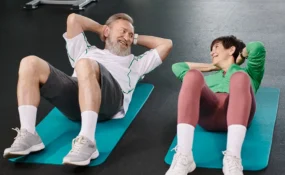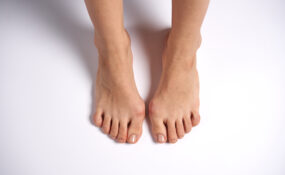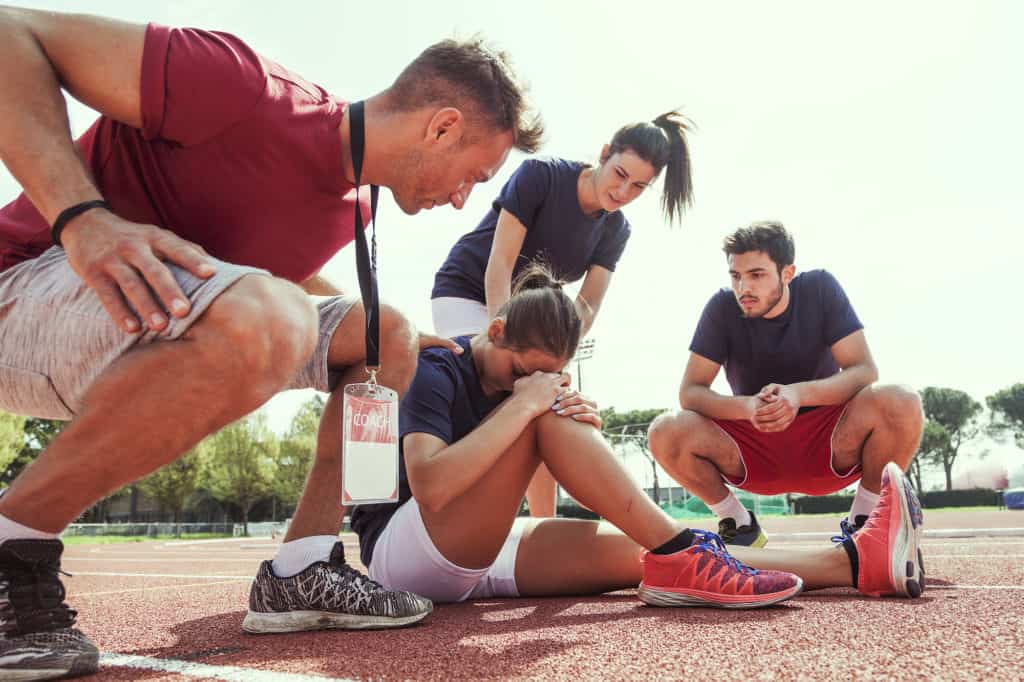
Is this question – or the knee pain in the said knee, keeping you awake at night?
It’s frustrating when something goes wrong with your body. Whether it’s a knee, hip, foot, finger, or ankle that’s hurting, you want to know what’s up. Right?
That’s a lot of people searching for answers to questions like, “Why can’t I bend my knee without pain?” or “Why is my knee swollen?”.
But why does your knee, which once worked fine – like a well-oiled machine, now cause pain every time you move or bend the joint.
Why can’t you play soccer, go to Soul Cycle or squat in the gym anymore? Well, this is the million-dollar question.
To you, it might be, and many others like you who want their active life back and are searching for answers on knee-related pain.
For us, it’s less of a mystery. When we see how you move and hear how you describe your pain, we’re able to pinpoint the root cause of your knee pain – and other types of pain – with laser-sharp accuracy, in most cases.
But we’re not in the clinic. We’re on the internet, which makes things much more difficult. So, until you can see your doctor or Physical Therapist (which we recommend you do ASAP – nothing replaces in IRL examination), let’s dig a little deeper. In this blog, we explore the most common causes of pain when you bend your knee.
Your knee is like a hinge on a door, and without the hinge, the door is just a plank of wood. In the same way, without your knee – your leg is just a collection of bones (and muscles and ligaments and tendons and blood vessels and major arteries…but you get the idea). Jokes aside, the knee joint is a pivotal joint for the whole body – without it, you can’t walk, run, stand, sit, jump, twist, or any of the other daily movements we take for granted.
It also helps support and carries around everything above the knee. Imagine that… So, it must be strong. But like Spider-man said, “With great power comes great responsibility.” The knee is always on – it doesn’t get a day off, always working hard to balance, pivot, twist, and turn. Which, unfortunately, makes the joint vulnerable and opens it up for the potential for damage.
This anatomical explanation makes it easy to see why so many things can affect its proper functioning and cause pain when you bend your knee. But let’s explore the most common causes in a bit more detail:
1. Injury or Trauma
If you’ve recently had a trip, slip, fall, or accident, you may have injured the internal structure of your knee so, if you feel acute pain, swelling, or bruising and reduced mobility in your knee. Pain that is severe enough to stop your daily activities, contact your physician or visit the Emergency Room. It could be a severe injury that requires immediate attention and an X-ray to check for breaks, fractures, or dislocations.
2. Anterior Knee Pain Syndrome (Patellofemoral Pain Syndrome)
This syndrome is the number #1 cause of knee pain that we see in the clinic. It’s caused by damage to the fibrocartilage – the pad protecting the joint from friction – underneath the kneecap (the patellar). We often see it in women and teenagers – particularly those who participate in sports, but not exclusively. If treated properly, it’s not a severe condition, and pain usually improves with a combination of rest and physical therapy. If Patellofemoral Syndrome is the root cause of your knee pain, you’re likely to feel the most pain when going upstairs or when you bend and squat to pick things up off the floor or at the gym.
3. Runner’s Knee (Patellar Tendonitis)
This condition is also called “jumper’s knee.” But don’t let that fool you into thinking that this isn’t the cause of your knee pain because you don’t have to be a triathlete or an Olympic long-jumper to have patellofemoral syndrome – although we do see it more often in athletes and runners. The leading cause is overuse or trauma to the kneecap (the patella) – from banging it or a trip, fall, or accident. Symptoms usually include pain on the anterior (front) side of your knee and intense pain underneath your knee cap.
4. IT (Iliotibial) Band Syndrome
As the name describes, your IT “band” runs down the outer edge of your hip and leg – connecting your pelvic bone to your shin bone. This painful condition occurs when the band becomes tight, and the shortened ligament irritates your thigh bone. We see it in marathon runners, but again not exclusively. It can happen to anyone. With this condition, you can feel anywhere between the hip and the shinbone, although it’s more often felt in the knee and spreads upwards to the pelvis. It usually gets worse when you move and bend your knee. In severe cases, this condition may require surgery or steroid injections. However, this is unlikely with prompt, proper treatment. If you act early and consult a Physical Therapist, you can avoid more invasive treatment. We can dramatically reduce your pain and correct the condition.
5. Tendonitis
The term tendonitis means “inflamed tendon.” It can happen around any joint in the body. But most commonly, it occurs in the Achilles tendon or the elbow – as in Tennis Elbow. It’s another condition we often see in athletes. However, warming up and stretching, and improving your technique to avoid putting additional strain on joints and tendons help prevent it from occurring.
5.1 Hamstring
The hamstring is one of the three large muscles that run down the back of your thigh. Unfortunately, they’re vulnerable to injury, primarily due to overuse. Hamstring tendonitis, specifically, is caused by inflammation and microscopic tears in the connective tissues connecting the muscle to your knee, shin, and pelvic bones. The damage occurs over time because of overuse. Still, the pain is usually acute – comes on quickly – and forces you “onto the bench.” Rest is required initially – before you return to normal activities. But after an initial period of rest: rehab exercises and Physical Therapy speed up recovery.
5.2 Quadriceps (Tendinopathy)
The quadriceps are the big muscles at the front of your thigh that extends and straightens your leg. We have four quadriceps in each leg, which make up one large muscle that we collectively call the “quads.” Like hamstring tendonitis, quadriceps tendonitis is caused by micro-tears and swelling in the quads and the surrounding connective tissues and tendons. Pain is worse when you bend your knee. You may also experience knee stiffness and pain first thing in the morning, along with burning in the quadriceps muscles.
6. Bursitis
Bursitis sounds awful – like something has “burst.” Don’t worry. Your knee hasn’t exploded. Your knee joint is surrounded by small liquid-filled sacs called “bursa” that protect the joint from irritation and injury by acting like a car suspension system. They cushion the daily blows your knees receive. But after one blow too many – Bursitis, or more specifically inflammation of the bursae, can occur. If Bursitis is the root cause of your knee pain, you likely feel pain directly in the kneecap or on the inner edge of your knee joint. Your knee may look swollen and feel warm to the touch too.
7. Osteoarthritis
If you already know, you suffer from osteoarthritis in other joints in your body and develop pain and stiffness in your knee joint. We suspect it is most likely to be caused by arthritis, which is just another name for wear and tear. It happens when the cartilage (or protective soft tissue) that protects our joints starts to break down and provide less protection than it once did. Osteoarthritis isn’t reversible, but Physical Therapy can dramatically reduce pain symptoms and prevent further degeneration. An X-ray is required to diagnose osteoarthritis.
How To Treat Knee Pain
As you can see from the article, there are numerous reasons for pain when you bend your knee. You could spend hours on the internet trying to diagnose yourself and find the cause – and even then, you could get it wrong and make things worse. Opting for a route of painkillers is only going to mask the problem – it’s won’t solve the issue. You won’t wake up one day to find your knee pain has healed by itself.
With existing pain, the wrong YouTube exercise could land you in the emergency room with an expensive bill. It’s not worth it.
At Intecore PT, we’re a specialized outpatient orthoepic and sports medicine rehab center – knees are our specialty.
So, we 100% recommend that you book an appointment at the clinic for us to make a swift diagnosis and help you get out of pain quickly and easily.
Don’t waste another moment in pain. Book Now for your Free Telephone Consultation or Discovery Visit with one of our Knee Pain Specialists and kiss goodbye to knee pain, stiffness, reduced mobility, and daily discomfort.
- 7 Ways to Get Rid of Tension Headaches Naturally - July 1, 2025
- Why Are My Feet Swollen? Common Causes Explained - June 2, 2025
- What Is Restless Leg Syndrome? Symptoms, Causes, and Relief Options - May 5, 2025

